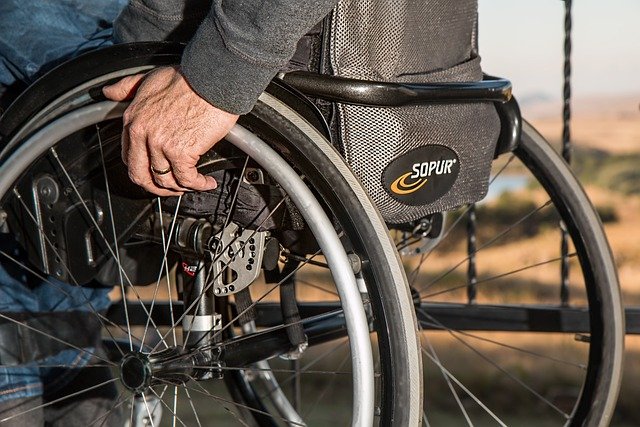Choosing the Right Wheelchair for Everyday Mobility
Wheelchairs are essential tools that restore independence and improve quality of life for many people with limited mobility. Whether someone needs occasional support or full-time assistance, understanding the types, features, and services available helps match the right wheelchair to personal needs. This article explains key considerations for wheelchair selection, uses, and how to access local services safely and reliably.

What is a wheelchair and who uses it?
A wheelchair is a seat mounted on wheels designed to support sitting, transport, and posture for people who have difficulty walking. Users include individuals with spinal cord injuries, neurological conditions, age-related weakness, or temporary injuries recovering from surgery. Manual wheelchairs are propelled by the user or an attendant; lightweight, folding models favor portability, while specialty frames improve posture or pressure management. Choosing the right wheelchair involves assessing daily activities, transfers, home access, and long-term health needs.
How does a wheelchair support mobility?
Wheelchairs extend mobility by enabling independent movement, participation in social life, and access to work or education. They reduce the physical strain of walking while helping maintain upper-body strength when manually propelled. Mobility planning also considers terrain, public transport compatibility, and vehicle adaptations. When ordering online or using telehealth services, technical issues can occur—sometimes systems produce rate-limit messages like “Too Many Requests.” If that happens, try the vendor’s contact channels, retry later, or reach out to local services for assistance and up-to-date availability.
What should people with disabilities consider?
People with disabilities should prioritize comfort, safety, and long-term health when choosing a wheelchair. Key factors include seat width and depth, cushion type for pressure relief, back support, and adjustable footrests and armrests. Consider how the device affects transfers, toileting, and sleep if bedside transfer is required. Involvement of an occupational therapist or mobility specialist helps ensure proper fit and minimizes complications like pressure sores or poor posture. Accessibility of living spaces and community environments also informs the best wheelchair choice.
How is a wheelchair classified as medical equipment?
Wheelchairs are medical equipment when prescribed to address limited mobility or prevent health decline. They range from basic manual chairs to complex custom seating systems used as part of medical care. For insurance, durable medical equipment (DME) criteria often apply: the device must be medically necessary and prescribed by a clinician. Documentation from healthcare professionals supports reimbursement or loan programs from hospitals, charitable organizations, and government schemes. Local services such as clinics, hospitals, and medical equipment suppliers can advise on paperwork and eligibility.
When is a power wheelchair the right choice?
A power wheelchair is appropriate when a user cannot safely or efficiently self-propel a manual chair due to limited strength, endurance, or coordination. Power wheelchairs use electric motors and offer varied controls—joystick, head array, or sip-and-puff systems for those with limited hand function. They improve independence across longer distances and over varied terrain but require consideration of battery life, transport and storage, and maintenance. Assess whether indoor maneuverability and outdoor range suit daily routines and whether local technicians can service the model you choose.
Finding local services and support in your area
Local services play a central role in obtaining and maintaining a wheelchair. Clinics, rehabilitation centers, medical equipment suppliers, and community disability organizations can provide assessments, trials, repairs, and training. When researching vendors or telehealth platforms, verify responsiveness and service coverage in your area. If you run into technical problems while using online ordering portals—such as rate-limit or “Too Many Requests” errors—contact the seller directly or consult local services to avoid delays. Keep records of fitting sessions, prescriptions, and maintenance history for smoother follow-up care.
This article is for informational purposes only and should not be considered medical advice. Please consult a qualified healthcare professional for personalized guidance and treatment.
Choosing the right wheelchair balances personal goals, medical needs, and practical logistics. Engaging healthcare professionals and trying different options through local services improves the chance of finding a chair that enhances comfort, mobility, and participation in everyday life. Regular reviews and maintenance help the equipment continue to meet changing needs over time.






